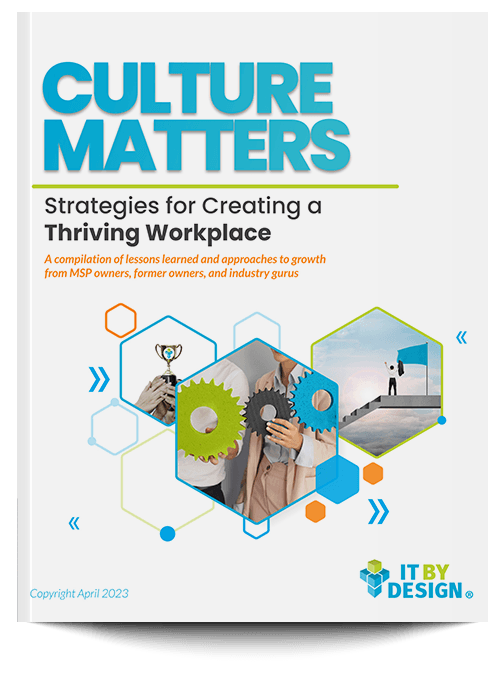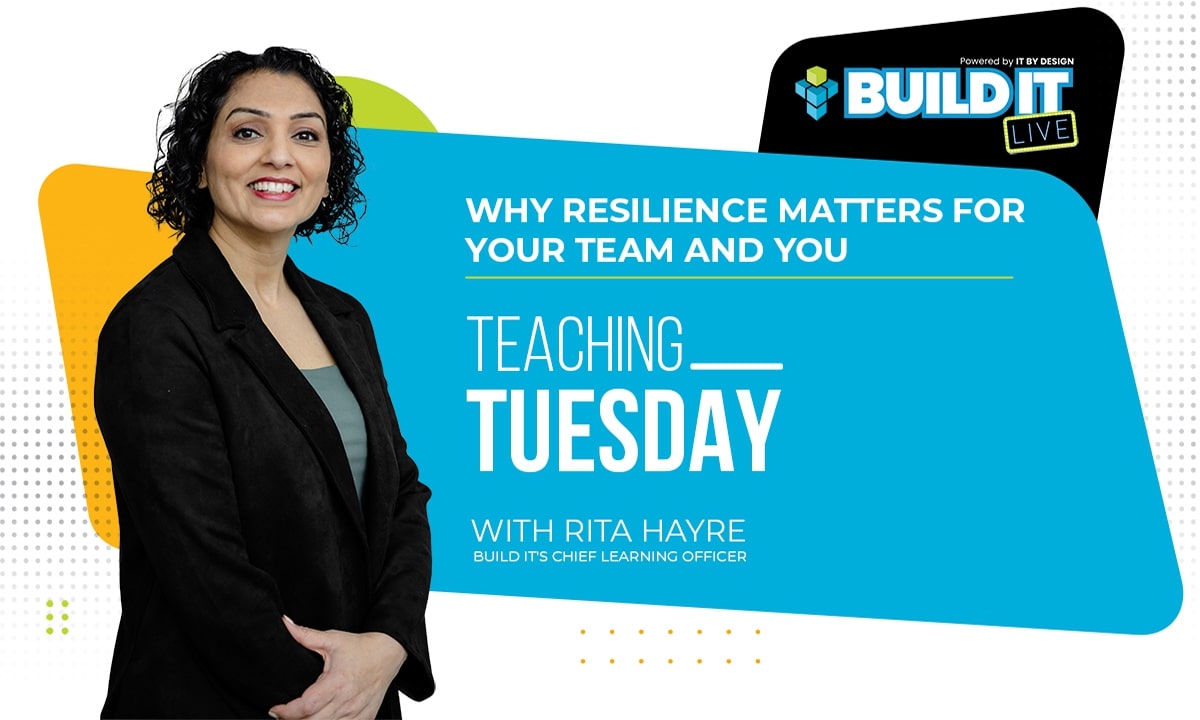In this blog, we will talk about what is resilience, why does it matter, and how you can build it in your team.
Does Resilience = Retention?
Let’s think about our customer service teams, specifically the engineers who are answering the phones from our clients. It is very infrequent that someone is calling up to let the engineers know how great everything is going with their machines. More often than not, they are receiving calls from clients who have a problem, issue, inability to do something that is necessary for their own work. So, you have a client who’s plans have gone off track. They are now calling your engineer in a less than stellar mood. The client is not likely going to be pleasant, happy, kind, patient, or any one of the many potential positive adjectives we could use. Your engineer has to answer that call, all day, every day. Hopefully the engineer can resolve the issue quickly, but if not, and they need to escalate the matter, that isn’t going to go over well with the client. You can imagine their frustration mounting. Now imagine that situation occurring over and over again, day in and day out, the way it does for your team. It’s not surprising that there is a high burn-out rate for engineers.
What is resilience?
Resilience is the ability and capacity to withstand and manage stress, ultimately enabling people to ‘bounce-back’ for difficult or adversarial situations (like calls from frustrated clients).
Employees who are more resilient, experience less stress. In fact, those people with low resilience were 4x more likely to suffer from ‘burn-out’.
Teams that are resilient are more likely to embrace change and uncertainty in a positive manner. They are also more inclined to be engaged and positively work to support the success of the team.
Why does resilience matter?
The people who most interact with your clients, are your engineers. If your engineers are burnt-out, they won’t be able to provide the ideal level of customer service. They won’t be able to manage the workload, or changes to processes or procedures. They could become a drain on the culture of the department. This can negatively impact your organization; from loss of clients to the inability to pivot or respond to threats and crises.
How do I build resilience in my team?
1. Model Healthy Behavior
Anyone who has ever had the chance to speak with me, knows how passionate I am about the importance of training our leaders. Especially, those leaders who are directly leading the people who have the most interactions with our clients.
It is imperative that our service leaders know about and model resilience in the workplace. It is only then, that they can help support the team to further develop their own resilience.
2. Provide Mental Wellness Training
As organizations, there is value in our investment in our employees. It increases their employee experience, it engages them as positive forces in our cultures, and it retains them within our organizations. Wellness training also ensures that we are investing in our team’s overall health. These are skills that help them to be successful at work, and outside of work.
3. Provide Detachment Time
When we are looking at measuring productivity and time, we want to ensure that each moment is accurately accounted for – which is important and valuable. We know that it is important for people to take time for detachment after stressful interactions. As organizations, we need to enable that time for our engineers, and provide some coding / designated time to allow for that.
Some people will worry that engineers may take advantage of this time, which is possible. What is more likely, however, is that their leader is able to see how much time is being logged for detachment, and they can have a conversation with the engineer and provide them with coaching and resources, to keep them from burning-out and start looking for employment elsewhere.
4. Foster Check-Ins by Team Members
Sometimes, when people are sliding down the slippery slope of stress, they can’t see just how much their behavior is being changed or impacted. This is why it is critical that organizations foster a culture of team members (especially leaders) doing health and wellness check-ins with team members. Sometimes a kind word or caring question can make the difference in how a situation impacts a person.
Wrapping it up
This is a real-life example of an ounce of prevention being worth a pound of cure. If we, as organizations, can provide training to our leaders, they can model health behaviors to their teams. If we provide mental wellness training to our team, we can help support their psychological wellbeing and keep them engaged and invested with our organizations. If we provide our teams with detachment time, it enables time for our engineers to reset prior to speaking with the next client, and it provides leaders with an early warning system about employees who are on the brink of burning out. And finally, we need to foster cultures, where we acknowledge the stress of the work being done and encourage each other to provide support when necessary.
For more content like this, be sure to follow Build IT by ITBD on LinkedIn and YouTube, check out our on-demand learning platform, Build IT University, and be sure to Register for Build IT LIVE, our 3-day education focused conference, September 9-11 in Orlando, FL!







